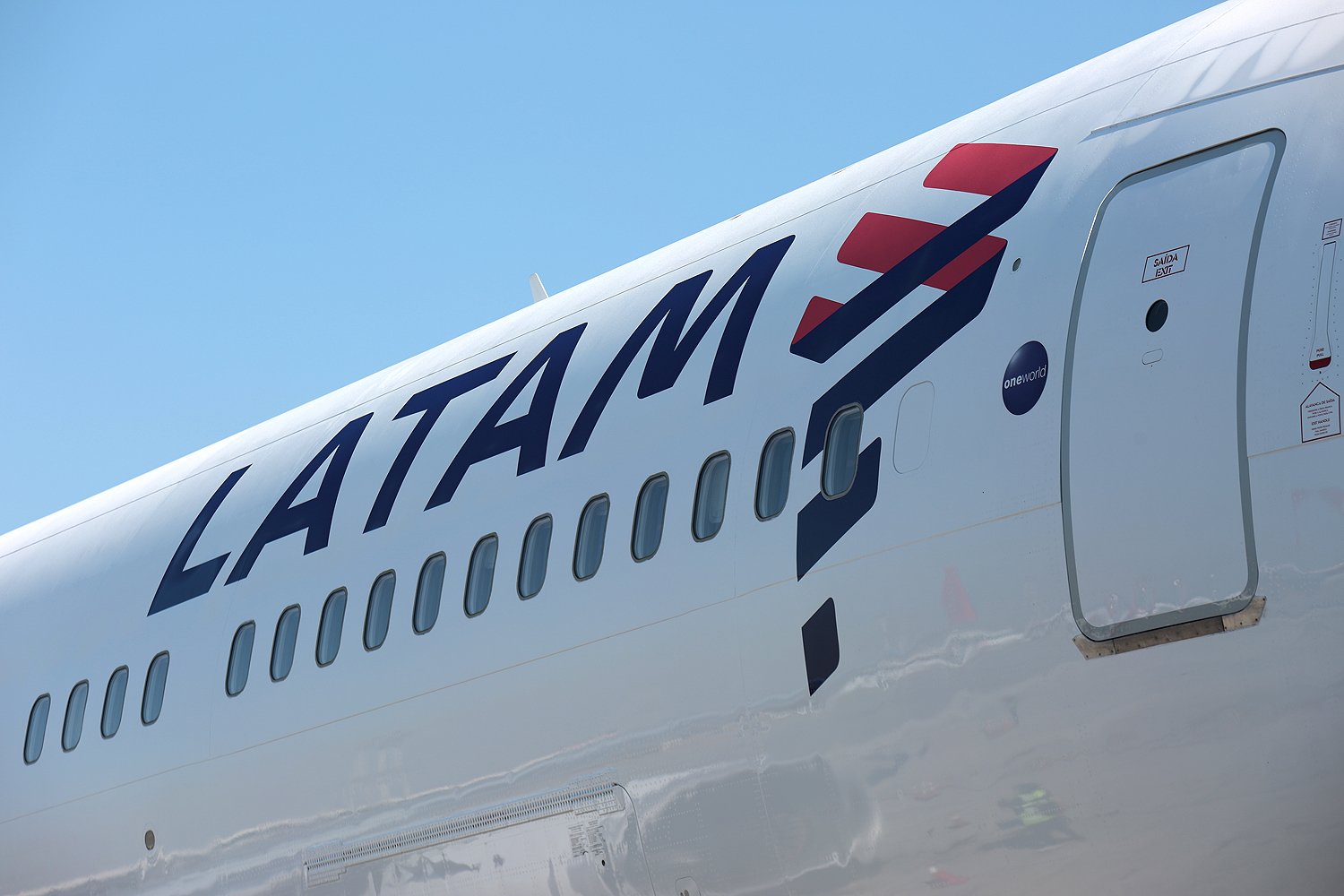RIO DE JANEIRO, BRAZIL – The New York bankruptcy court’s ruling to reject LATAM’s US$2.4 billion (R$12.7 billion) financing proposal under the DIP (debtor in possession) model complicates the company’s situation and increases its short-term cash-flow constraint, but the company still has alternatives to try to circumvent the issue, analysts say.
According to some of these observers, the US court’s denial increases the chance of the airline going bankrupt. This would be negative for the Brazilian market, which would become even more concentrated, with an impact on the price and availability of tickets.
Others believe that it is rash to make this kind of assessment since the company can still appeal the decision, withdraw the debt-to-equity conversion clause with a 20 percent discount (which was considered unfair by the judge) or seek other financing options.

Questioned, LATAM said on Friday, September 11th, that it is still “assessing the ruling”.
The group applied for a loan in May, as part of the bankruptcy protection proceedings in the United States. In July, the operation in Brazil also filed a bankruptcy protection petition in the United States.
LATAM has debts of almost US$18 billion (R$95.76 billion) and was impacted by the interruption and drop in demand for flights with the Covid-19 pandemic.
As part of the rescue plan, the company is seeking a loan from Oaktree, the US investment manager, and its controlling shareholders, Qatar Airways and the Cueto and Amaro families.
Oaktree would contribute US$1.3 billion and its shareholders US$900 million, which could raise the loan to a total of US$2.4 billion. According to the proposal, the controlling shareholders agreed that LATAM would pay them in cash or in shares, with a 20 percent discount in this case.
Judge James L. Garrity, of the Bankruptcy Court of the Southern District of New York, on Thursday, September 10th, considered that the option of converting the debt into shares at a discount would grant shareholders different conditions than other creditors, which would be unfair, and thus ruled against the entire financing proposal.
“LATAM is in one of the most impacted sectors by the coronavirus and needs urgent recourse, because its working capital is completely impaired, which may render the company’s operation unfeasible,” says Gustavo Bertotti, analyst at Messem Investments. “This will bring greater uncertainty in relation to the company’s performance in the market.”
Bertotti believes that the decision of the American court increases the chance of the airline’s bankruptcy. “When there is a very large liability and negative working capital, the company will not break for loss but can stop for lack of working capital. Yes, there is a risk of bankruptcy, since the operations could stop.”
In the opinion of Ilan Abertman, analyst at Ativa Investments, the company could seek a new financing plan with the same shareholders, under different conditions, but the main problem is that this should take time, which could result in a growth in debt.
Moreover, LATAM has an added challenge in relation to competitors such as Azul and Gol, which is to operate additional international lines, the most affected during the health crisis. According to Abertman, LATAM’s utilization factor last month stood at around 65 percent, while its competitors were at over 70 percent, which shows that the company is falling behind.
According to the analyst, the chance of the company’s bankruptcy still exists, and it would be very detrimental to the Brazilian market. “With three large companies, the national market is already very concentrated; with two, it would be much more, with serious consequences for travelers.”

Felipe Bonsenso, an attorney specialized in aviation law, says that the assessment that the New York court’s decision could hasten the company’s bankruptcy is very aggressive.
“I see a path for the company to file an appeal to the decision, which should have a reaction from the New York court between three and six months. Or to further discuss with investors to try a new commercial negotiation, establishing new conditions for this funding, excluding convertibility into shares, for instance.”
The attorney believes that the stalemate has no immediate impact on the company’s operations. “It will not impact passengers, because the company still has provision, availability of resources, and is different from the Avianca case, where the company no longer had anything, no assets or resources.”
This is also the assessment of André Castellini, partner of Bain & Company and aviation specialist. He recalls that in addition to the group formed by Oaktree, Qatar Airways and the Cueto and Amaro families, another group of creditors, consisting of Knighthead Capital Management and Jefferies Finance, had also proposed DIP financing to the company.
“The SDNY ruling is not the end of the world because there are other investors who have already shown interest in lending at similar rates. The problem is that any alternative will take time,” says Castellini, noting that the court took over a month and a half to reach its Thursday ruling.
As a result, the analyst believes that the slow pace in the entry of funds should put even greater pressure on the company’s cash position, which will have to tighten the belt even more, cutting spending and renegotiating with suppliers to defer obligations.
But he states that there should be no immediate effect more relevant to the market, which would be evident in the behavior of the shares of Azul and Gol on Friday, as the first closed up 1.8 percent and the second down 2.4 percent. “If this had been interpreted as a serious blow to LATAM’s survival, the competitors’ shares would have risen more sharply, which did not occur.”
Finally, analysts assess that LATAM can use the failure to secure financing to harden negotiations with labor unions even further. In Brazil, LATAM employs approximately 20,000 people. In August, it dismissed at least 2,700 crew members, after failing to negotiate an agreement with the labor union to permanently reduce pay.
Source: Folhapress

